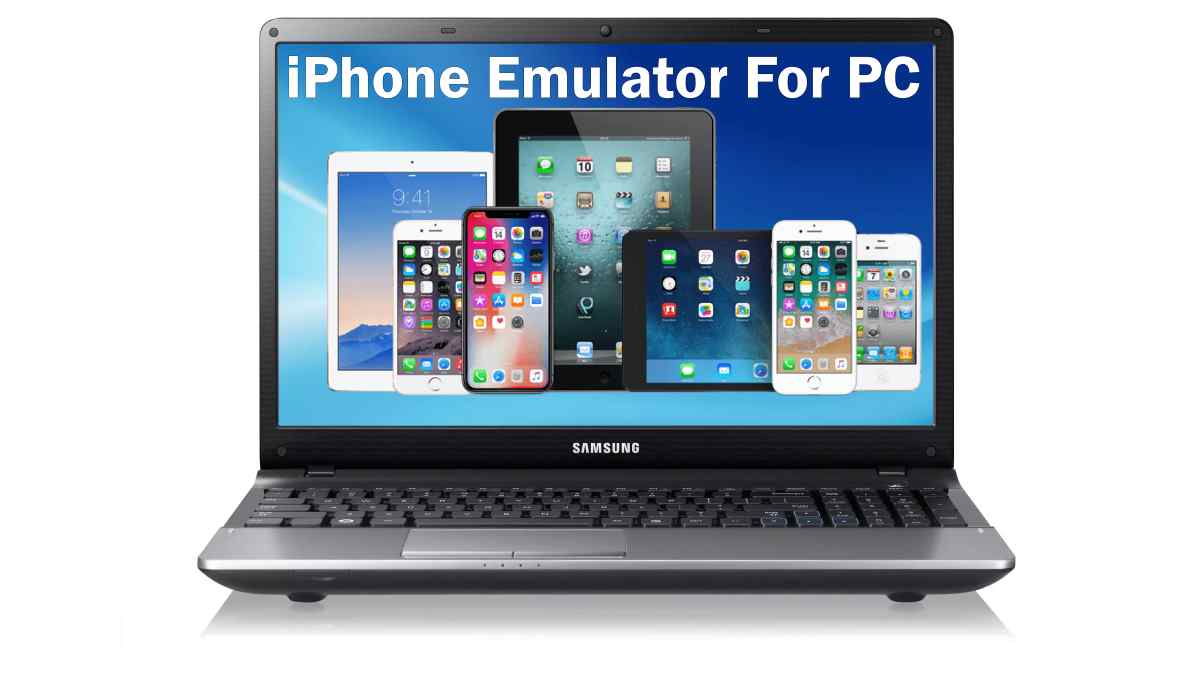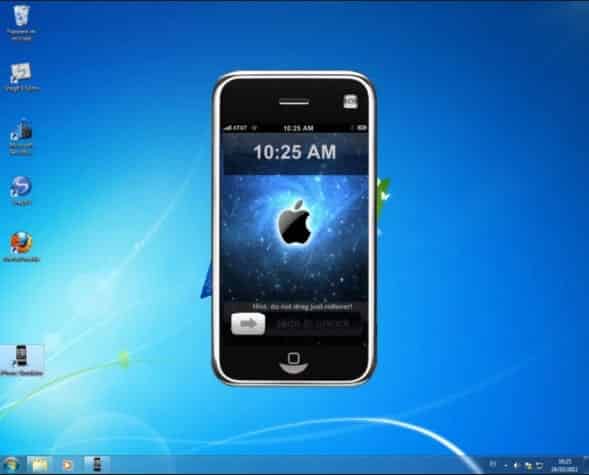Run Iphone Simulator On Mac
Electric Mobile Studio is a premium professional grade emulator for developers. The company created the software for the professional to test iOS apps daily. I recommend that if you are a developer, then you should use this iPhone emulator for Windows and Macbook. It is a premium version available for $40 per Mac or Windows PC. Download as many mobile apps as you want to use on your Mac computer. If you do not see the iPhone & iPad Apps category, double-check that you have a 2020 Mac with an M1 chip and that you are.
To do it, go to Tools Options Environment Preview Features Enable Xamarin Hot Restart. Enable it and remember to restart Visual Studio to actually enable it! Don’t connect your iPhone/iPad yet (the first time you have to configure this, then it doesn’t matter anymore) Select “Local Device” and launch your app. User16873 posted. I also have this problem. Sunning simulator from Xamarin Studio on Mac works but VS breaks the simulator for good. Quick fix I found is to delete iPhone simulator at /Library/Application Support/iPhone Simulator/6.1 Just delete this folder and it will be recreated when you run simulator next time. Or you can grab the Simulator.app via Finder. Just go to Applications folder Xcode.app right click Show Package Contents Contents Developer Platforms iPhoneSimulator.platform Developer Applications iPhone iOS Simulator.app (the path may different, I’m using Mountain Lion) To create a shortcut.
-->The Remoted iOS Simulator for Windows allows you to test your apps on aniOS simulator displayed in Windows alongside Visual Studio 2019 and Visual Studio 2017.
Getting started
The Remoted iOS Simulator for Windows is installed automatically as partof Xamarin in Visual Studio 2019 and Visual Studio 2017. To use it, follow these steps:
- Pair Visual Studio 2019 to a Mac Build host.
- In Visual Studio, start debugging an iOS or tvOS project. TheRemoted iOS Simulator for Windows will appear on your Windows machine.
Watch this video for a step-by-step guide.
Simulator window



The toolbar at the top of the simulator's window contains a number of useful buttons:
Home – Simulates the home button on an iOS device.
Lock – Locks the simulator (swipe to unlock).
Screenshot – Saves a screenshot of the simulator (stored in PicturesXamariniOS Simulator).
Settings – Displays keyboard, location, and other settings.
Other options – Brings up various simulator options such as rotation, shake gestures, and Touch ID.
Settings
Clicking the toolbar's gear icon opens the Settings window:
These settings allow you to enable the hardware keyboard, choose alocation that the device should report (static and moving locations areboth supported), enable Touch ID, and reset the content and settings forthe simulator.
Other options
The toolbar's ellipsis button reveals other options such as rotation,shake gestures, and rebooting. These same options can be viewed as a listby right-clicking anywhere in the simulator's window:

Touchscreen support
Most modern Windows computers have touch screens. Since the Remoted iOSSimulator for Windows supports touch interactions, you can test your appwith the same pinch, swipe, and multi-finger touch gestures that you usewith physical iOS devices.
Similarly, the Remoted iOS Simulator for Windows treats Windows Stylusinput as Apple Pencil input.
Sound handling
Sounds played by the simulator will come from the host Mac's speakers.iOS sounds are not heard on the Windows computer.
Disabling the Remoted iOS Simulator for Windows
To disable the Remoted iOS Simulator for Windows, navigate toTools > Options > Xamarin > iOS Settings and uncheckRemote Simulator to Windows.
With this option disabled, debugging opens the iOS Simulator on the connected Mac build host.
Troubleshooting

If you experience issues with the Remoted iOS Simulator, you can view the logs in these locations:
- Mac –
~/Library/Logs/Xamarin/Simulator.Server - Windows –
%LOCALAPPDATA%XamarinLogsXamarin.Simulator
If you report a problem in Visual Studio, attaching these logs might be helpful (there are options to keep uploads private).
This is a brief overview of techniques used to run Xamarin.Forms apps on iOS from a Windows PC. This will allow you to test your apps on iOS devices without being part of the Apple Developer Program. This simulator testing is valuable and convenient, it is also essential to test your apps to verify that they function properly before deploying them to Apple Store.
Required Tools:Windows PC, Macintosh Computer, Xamarin.Forms (Installed on the PC and Mac),Visual Studio 2019 (PC only), XCode (Mac only).
Run Iphone Simulator On Mac Free
Let’s begin. On the Mac, navigate to “System Preferences” and then to “Sharing.” Ensure that “Remote Login” is enabled and “All users” is selected. Leave this window open as we will need it later.
Back on the PC, open Visual Studio, and create a new project. Select the “Mobile App (Xamarin.Forms)” template. Then click next.
Continue through the setup wizard as normal until you reach this screen. Ensure that the “iOS” platform is enabled.
Once the project is created, click on the “Pair to Mac” button at the top right of the screen.
Iphone Settings Simulator
This window should appear. If yourMac is already listed, simply click on it and then “Connect.” If your Mac isnot listed, click “Add Mac…” and enter the Mac’s IP address.
This step will likely cause themost headache and confusion. If you run into any problems, double-check thatboth computers are connected to the same network, both computers are powered onand awake, and that all your software is up to date.
But if everything goes according to plan, your Mac should now be successfully paired to Visual Studio.
Once we have paired to a Mac, it’s time to run our app. At the top of Visual Studio, click the “Solution Platforms” dropdown and choose “iPhone Simulator.” Next, click the “Startup Projects” dropdown and choose “<yourProjectName>.iOS” Last, click the “Device” dropdown and select your preferred iPhone emulator.
The final step, click “Run” and your iPhone emulator should startup on the Mac. After a couple of moments, your app should open on the emulator.
Run Iphone Simulator On Mac Download
In summary, We hope this is helpful to you. Mobile app development is a tremendous market that businesses need to invest in. Aside from publicity, entrepreneurs can use this platform to connect to customers on a personal level and to be relevant in younger generations.
Ipadian
Contact Agile Tech if you want to develop mobile apps for your business so you can improve your communication with your clients and employees. We’ll design it, develop it, deploy it, and maintain it for you.